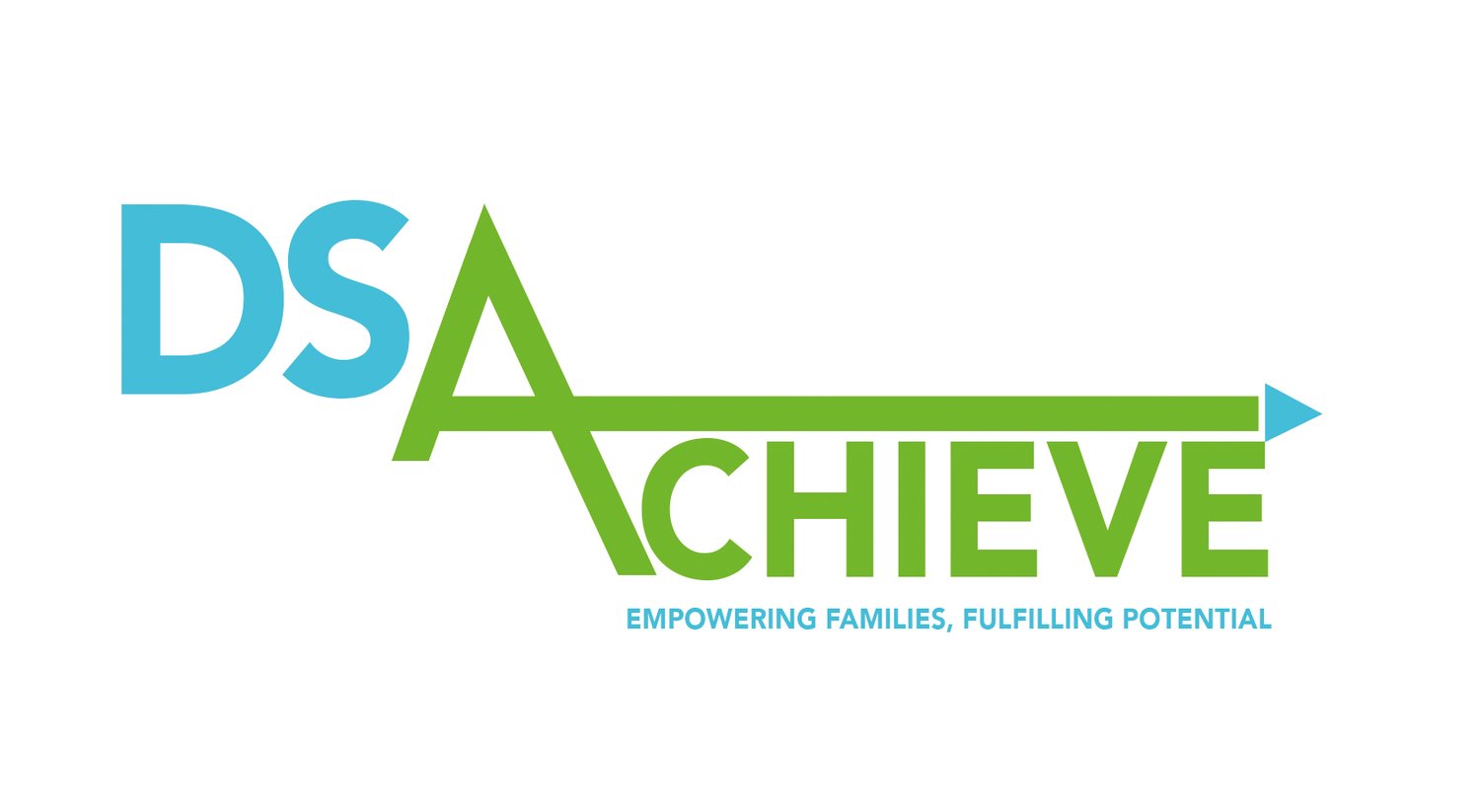Lots of parents of children with Down Syndrome haven’t heard of AAI, or if they have heard of it they don’t really know what it is or whether to be concerned about it. I was exactly the same. I saw it mentioned once or twice on an online forum when my son, Tom (who has Down Syndrome), was a baby and thought it didn’t really apply to us. Then I saw it again a couple of years later and thought I’d better look into it a bit more, and I’m glad I did… 😊
So… what is AAI? The Down’s Syndrome Association gives a useful explanation:
“The joints at the top of the spine and at the base of the skull allow us to shake and nod our heads. In people with Down’s syndrome, the ligaments, tissue that connects one bone to another bone thus holding a joint together, are stretchier. So joints may be looser and more flexible which can lead to slippage of the vertebrae; these are the bones that surround and protect the spinal cord.
Problems can develop if a vertebra slips too far and puts pressure on the nerves in the spinal cord. This can be a gradual process or it can happen if a person is jolted suddenly such as when a whiplash injury occurs. In people with Down’s syndrome, the most common place for this slippage to happen is at the first and second vertebrae of the neck (known as ‘atlanto-axial instability’). Similar problems can also occur between the base of the skull and the atlas vertebrae (known as ‘atlanto-occipital instability’) although this isn’t as common as atlanto-axial instability. These two conditions are collectively known as craniovertebral instability.”
I had read that AAI is more common in people with DS and that activities like trampolining and horse riding could cause injury for those who have it, so I took Tom to his paediatrician to discuss it. She told me it was highly unlikely to be an issue and, as there were no symptoms (pain, stiff neck, holding his head in a strange position etc), I shouldn’t worry about it, so I didn’t.
Later, for Charlotte’s 6th birthday and Tom’s 4th birthday, we got a trampoline and it crossed my mind again. Until that point, Tom hadn’t been in any situations where he was likely to do himself any harm, but now things were different…. so back to the Paediatrician I went. This time, I went with a set outcome in my mind, that I wanted Tom’s neck to be x-rayed to check for AAI. He still didn’t have any symptoms but I had read that it’s possible to have AAI and not to show any signs…. and I couldn’t relax until I knew one way or the other. Let’s just say I had to be VERY firm and assertive to get agreement to an X-ray – and our Paediatrician is an understanding, supportive doctor, so I dread to think how hard I would have had to push if she was less inclined to look into it!
Our Paediatrician referred us to the Royal National Orthopaedic Hospital in Stanmore but it was rejected as it’s not the place to go for AAI assessments. So we got a re-referral from our GP to Great Ormond Street Hospital, to the Spinal Surgery department. I looked forward to the appointment and finally getting the go ahead for Tom to use the trampoline.
On the day of the assessment, Tom had x-rays first and then we saw the Spinal Consultant. They took one x-ray with him looking at the ceiling (head tilted back), one with him looking straight ahead and finally one with him looking at the floor (head tilted forward). Then off we went to get the results.
Yep, you’ve guessed it…. Tom has AAI. To say it was a big shock would be an understatement. We only wanted the all-clear to use the trampoline! When Tom lifted his head, the x-ray showed that his top few vertebrae (C0, C1, C2) were moving out of place by approximately 5mm and were moving very close to his spinal cord. Luckily there was no spinal cord damage already there (symptoms of damage can include loss of sensitivity, loss of movement, incontinence) but there was a real danger of damage if the vertebrae moved any further out of place, so the Consultants started a process of monitoring. Every 6 months we have been going back to GOSH for the same x-rays and chat with the Consultants and I am delighted to say that, while Tom will always have AAI, it has not got any worse so far.
If at any point it does start to get worse and the subluxation (movement of the vertebrae out of place) becomes more than 5mm, the Consultants have said that, in the worst-case scenario, we may need to look at an operation to fuse the vertebrae together and fuse them to Tom’s skull, which would mean he cannot nod or turn his head. However, it is unlikely for Tom as over the last two years, his vertebrae have not moved further than 5mm and that consistency suggests they might not. This year, we moved to yearly checks with GOSH and if we spot any symptoms in the meantime we need to let them know ASAP. However, Tom still has no symptoms and we very much hope it stays that way 😊
For more information on AAI, I have found the following links helpful:
https://www.downs-syndrome.org.uk/for-families-and-carers/health-and-well-being/neck-instability/
https://www.downs-syndrome.org.uk/download-package/neck-instability/ (download document)
https://www.ndss.org/resources/atlantoaxial-instability-syndrome/
https://www.verywellhealth.com/cause-diagnosis-and-treatments-of-aai-in-down-syndrome-1120474
NB Please note that this article is about our family journey only and I am not medically qualified. Please speak to a medical professional if you have any concerns.
